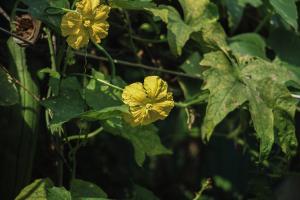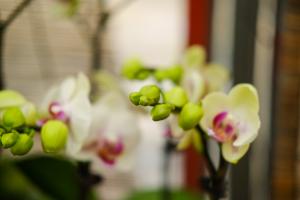Introduction
Bamboo plants are a popular choice for home decoration as their unique and refreshing appearance adds a touch of elegance to the room. However, taking care of a bamboo plant requires a little effort and attention. In this article, we will provide you with useful tips on how to care for a bamboo plant to ensure that it thrives in your care.
Watering
One of the most important aspects of taking care of bamboo plants is watering. Over-watering or under-watering can damage the plant, so it's essential to find the right balance. Typically, bamboo plants should be watered once a week or when the soil feels dry to the touch. It's also essential to use filtered water or tap water that has been left out for 24 hours so that the chemicals in the water evaporate.
Lighting and Temperature
Bamboo plants require ample sunlight to grow correctly, but they shouldn't be exposed to direct sunlight for extended periods as it can burn the leaves. Ideally, the plant should be placed in a location that receives indirect sunlight, such as near a window with a sheer curtain. The temperature should also be maintained between 60-80掳F (15-27掳C), and sudden temperature changes should be avoided.
Fertilizing
Fertilizing bamboo plants is essential for their growth and overall health. It's recommended to use a balanced fertilizer every two to three months during the growing season. However, it's essential not to over-fertilize the plant as it can lead to salt buildup in the soil, which can be harmful to the roots. Using a diluted liquid fertilizer and following the manufacturer's instructions is the best way to ensure that the plant receives adequate nutrients.
Pruning
Pruning bamboo plants is crucial if you want to maintain their shape and size. It's recommended to prune the plant in the spring or summer when the plant is actively growing. You can use pruning shears to cut the stems at a 45-degree angle just above the node. Be careful not to prune too much, as it can harm the plant's growth and health.
Repotting
Repotting bamboo plants is necessary every two to three years when the plant has outgrown its container. It's essential to use the right soil mix, which should consist of 60% potting soil, 20% sand, and 20% perlite. When repotting, carefully remove the plant from its container, gently loosen the roots, and replant it in a pot larger than the previous one.
Conclusion
Taking care of a bamboo plant requires diligence and attention, but it's definitely worth it to enjoy its beauty and refreshing atmosphere. By following the tips outlined above for watering, lighting, fertilizing, pruning, and repotting, you can ensure that your bamboo plant thrives and adds a touch of nature to your home.

 how many times do yo...
how many times do yo... how many planted tre...
how many planted tre... how many pine trees ...
how many pine trees ... how many pecan trees...
how many pecan trees... how many plants comp...
how many plants comp... how many plants can ...
how many plants can ... how many plants and ...
how many plants and ... how many pepper plan...
how many pepper plan...































